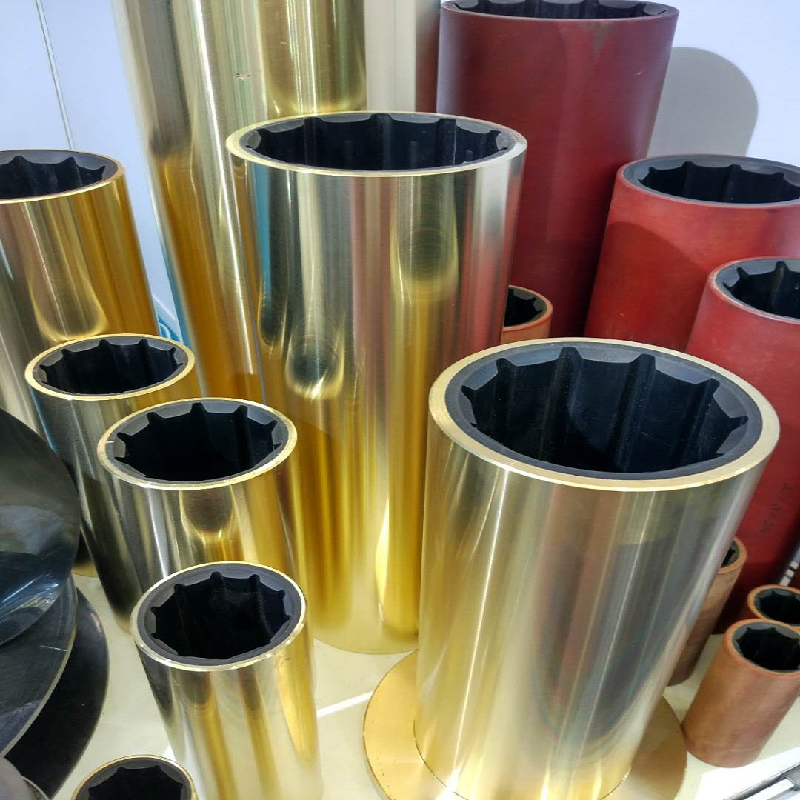Exploring the Benefits and Applications of Flat O-Rings in Various Industries and Technologies
Understanding Flat O-Rings A Versatile Solution for Sealing Applications
Flat O-rings, also known as flat seals or flat gaskets, are versatile sealing components widely used in various industries, including automotive, aerospace, machinery, and electronics. Unlike traditional round O-rings, flat O-rings have a distinct profile and offer unique advantages in certain applications. This article explores the characteristics, benefits, and applications of flat O-rings.
Design and Characteristics
Flat O-rings are typically made from materials such as rubber, silicone, or elastomers. Their design features a flat profile, which can vary in thickness and diameter depending on the specific application requirements. The flat design allows for an even distribution of stress across the sealing surface, making them ideal for sealing against flat surfaces.
One of the key characteristics of flat O-rings is their ability to conform to the surface irregularities of the sealing surfaces. This characteristic is crucial for ensuring a reliable seal, especially in applications where surfaces may not be perfectly smooth or parallel. The flexibility and compressibility of the materials used in flat O-rings enhance their sealing capabilities, making them effective in preventing leaks of fluids or gases.
Benefits of Flat O-Rings
One of the main advantages of flat O-rings is their ease of installation. Unlike traditional O-rings that require precise groove dimensions and assembly techniques, flat O-rings can often be installed without specialized tools. This simplifies the manufacturing and maintenance processes, reducing labor costs and assembly time.
Flat O-rings are also highly customizable. Manufacturers can produce them in various shapes, sizes, and materials to meet specific application needs. This adaptability makes them suitable for a diverse range of industries, from food processing to pharmaceutical applications, where hygiene and contamination prevention are critical.
flat o rings

Additionally, flat O-rings can be manufactured to withstand extreme temperatures and chemical environments. Specialized materials can be selected to ensure longevity and performance, even in harsh conditions. This makes flat O-rings a reliable choice for applications that require durability and resilience.
Applications of Flat O-Rings
Flat O-rings find extensive use in numerous applications. In the automotive industry, they are often used in fuel systems, oil pumps, and cooling systems to prevent leaks and ensure optimal performance. In aerospace, they are employed in hydraulic systems and fuel tanks where sealing integrity is vital for safety and functionality.
In industrial machinery, flat O-rings play a critical role in sealing hydraulic cylinders, pneumatic systems, and various assemblies to prevent fluid loss and maintain efficient operation. They are commonly used in manufacturing equipment, where the risk of contamination can lead to product defects.
Moreover, in medical equipment and pharmaceuticals, flat O-rings are crucial for maintaining sterile environments and preventing contamination. Their flexibility and ability to conform to various sealing surfaces make them ideal for devices like syringes, infusion sets, and various laboratory equipment.
Conclusion
Flat O-rings are essential components in many sealing applications, offering unique advantages over traditional round O-rings. Their design, material versatility, and adaptability make them suitable for a wide range of industries and applications. As technology advances and industries continue to evolve, the demand for effective sealing solutions like flat O-rings is likely to grow, reinforcing their importance in engineering and manufacturing processes. Understanding their characteristics and applications enables engineers and manufacturers to choose the right sealing solutions for their specific needs, ensuring safety, efficiency, and reliability in their products.
-
The Ultimate Guide to Boat Propeller Bearings and Trailer Wheel Bearings
News Jul.31,2025
-
The Essential Guide to Marine Bearings and Boat Trailer Wheel Bearings
News Jul.31,2025
-
The Complete Guide to Heavy Duty Seals: Protecting Doors and Spaces Efficiently
News Jul.31,2025
-
Essential Guide to Marine Shaft Bearings and Boat Trailer Axle Bearings
News Jul.31,2025
-
Comprehensive Guide to Marine and Trailer Bearings for Safe Boating and Transport
News Jul.31,2025
-
Comprehensive Guide to Automotive Oil Seals: Protecting Your Engine and Shafts
News Jul.31,2025
-
Understanding Automotive Oil Seals: Essential Components for Engine and Shaft Protection
News Jul.30,2025
Products categories















